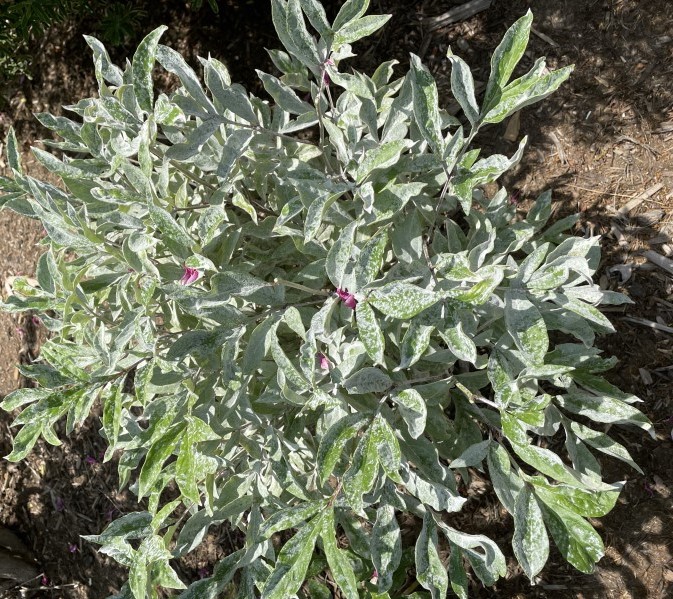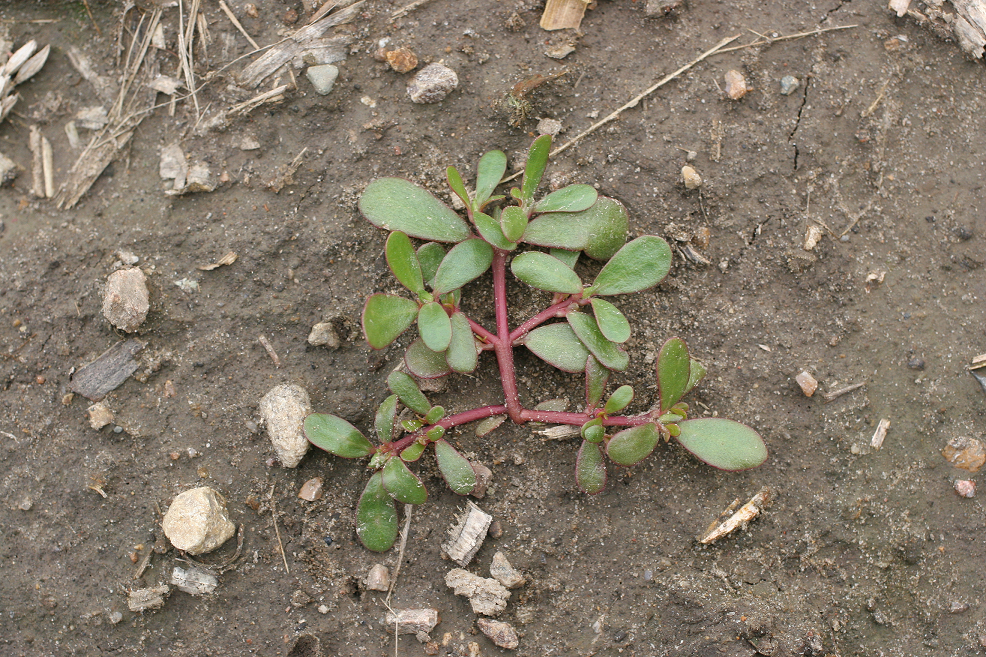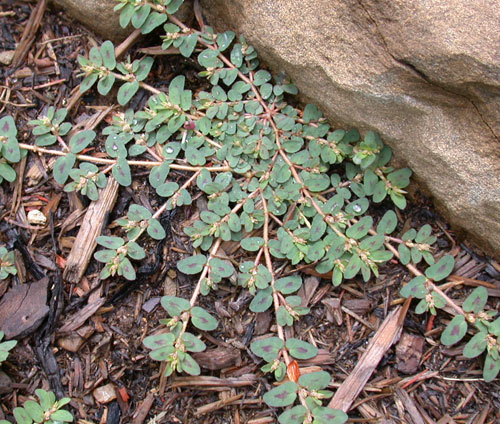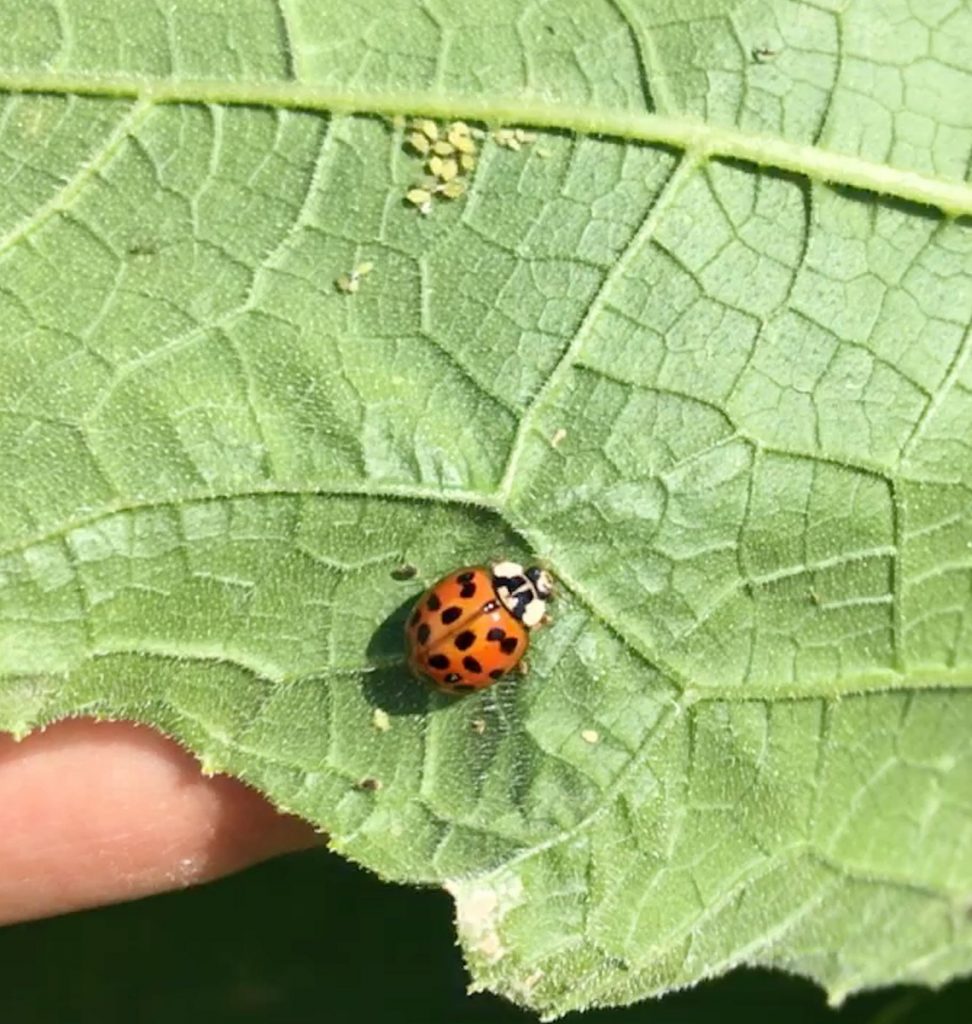Who’s in Your Garden?
- 2021-07-08
- By mkirk
- Posted in The Garden Buzz
By Martha Kirk, Colorado Master Gardener
Thanks to the abundant moisture we received in April and May along the Front Range and the warmer temperatures of summer, we are seeing all sorts of things in the garden.
Powdery Mildew
From a distance this plant was almost unrecognizable. It looked more like the color of an artemisia than a peony. Indeed, it was a peony, and it was covered with powdery mildew, a white powdery growth on its leaves. Powdery mildew is a fungal disease that is common on lilacs, roses and peonies, among others, and it is specific to the host plant.
It likes warm dry climates, just like Colorado has, but also requires high relative humidity. The best way to manage it is to have good air circulation around the plant and avoid overhead watering. Of course, choosing resistant varieties can help, and fungicides can also be effective.
https://extension.colostate.edu/docs/pubs/garden/02902.pdf
https://planttalk.colostate.edu/topics/insects-diseases/1415-powdery-mildew/
Annual and Biennial Weeds
Weeds have been prolific this season, notably prickly lettuce, purslane, and spurge. Thankfully, they are easy to pull or dig out, especially when the soil is moist. It is best to remove weeds before they flower and set seed, otherwise you would be adding more seeds to the seed bank. A single purslane plant can produce up to 52,300 seeds, and the seeds can remain viable in the soil for 40 years. If a stem or root fragment is left in the garden, it can re-root and grow. But do not be discouraged. Once an area is weeded, apply a layer of mulch to help keep weed seeds from germinating. You can also do solarization if you have a convenient open area. https://planttalk.colostate.edu/topics/weeds-cultural-problems/2110-purslane/
Aphids
There has been an explosion of aphids in the garden. But before you reach for the bottle of insecticidal soap, check for beneficial insects. These predatory insects, such as lady beetles and green lacewings, are voracious feeders of aphids and do the work for you. They are a gardener’s best friend. Female aphids give birth to live pregnant female aphids that mature in 10-14 days. If you prefer, you can hose down the plant with a strong blast of water. This can lethally injure aphids and knock them off the plant. https://sam.extension.colostate.edu/wp-content/uploads/sites/44/2019/07/July-6-2019-Aphids.pdf
One Response on “Who’s in Your Garden?”
Leave a Reply Cancel reply
Horticulture Resources
- Garden Buzz Archives
- CSU Extension Resources
- Colorado Master Gardener Program
- Foothills to Plains Native Plant Master Program
- Native Bee Watch Community Science Program
- The Co-Hort Blog
- PlantTalk Colorado
- Soil Testing
- Plant Select
- Emerald Ash Borer
- Japanese Beetle
- Colorado State Forest Service
- Ask an Expert








Great info! 52,300 seeds from one purslane plant?? Yikes.